The Science of Tidal Phenomena and Their Impact
Introduction
Tidal phenomena are a fascinating aspect of the Earth's oceans and seas, produced by the gravitational interactions between the Earth, the moon, and the sun. These interactions result in the periodic rise and fall of sea levels, creating a phenomenon that has significant impacts on the Earth's coastal regions and marine life.
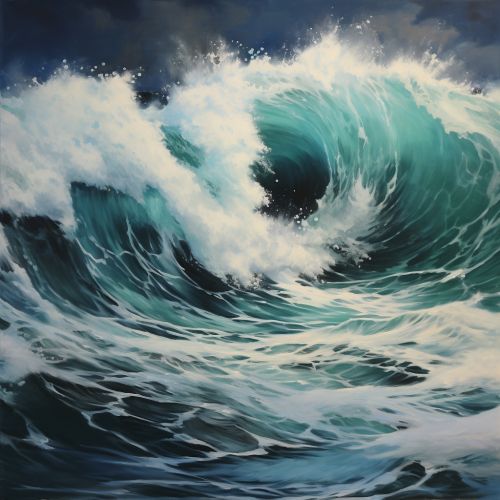

Understanding Tidal Phenomena
Tidal phenomena are primarily driven by the gravitational forces exerted by the moon and the sun on the Earth's water bodies. These forces cause the water to bulge out in the direction of the celestial bodies, creating a high tide. On the opposite side of the Earth, another high tide occurs due to the inertia of the water. The areas between the high tides experience low tides. This process repeats approximately every 12.5 hours, coinciding with the moon's orbit around the Earth.


Types of Tides
There are three main types of tides: diurnal, semidiurnal, and mixed.
- Diurnal tides occur once a day, with one high tide and one low tide occurring in a 24-hour period.
- Semidiurnal tides occur twice a day, with two high tides and two low tides of roughly equal size occurring in a 24-hour period.
- Mixed tides also occur twice a day, but the high tides and low tides are of different sizes.
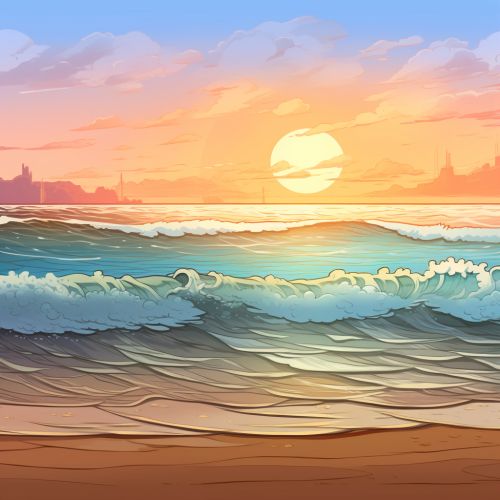
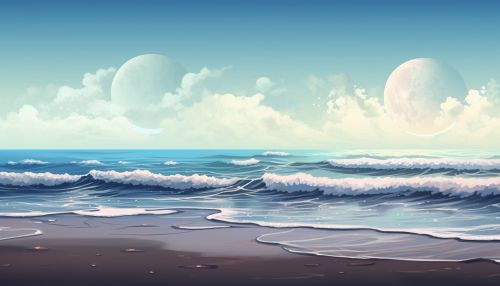
Impact of Tidal Phenomena
Tidal phenomena have a significant impact on both the natural world and human activities.
Impact on Marine Life
Tides play a crucial role in shaping the behavior and distribution of marine life. Many marine organisms, such as crustaceans, mollusks, and fish, have adapted their feeding and breeding habits to coincide with the tidal cycle. In addition, tides help circulate nutrients in the ocean, promoting biodiversity and productivity in marine ecosystems.
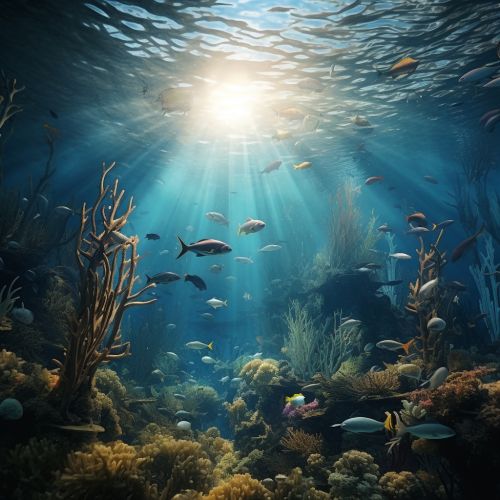

Impact on Coastal Regions
Tides also have a significant impact on coastal regions. High tides can lead to coastal erosion, changing the shape of coastlines over time. Conversely, low tides can expose large areas of the seafloor, creating intertidal zones that are rich in biodiversity.
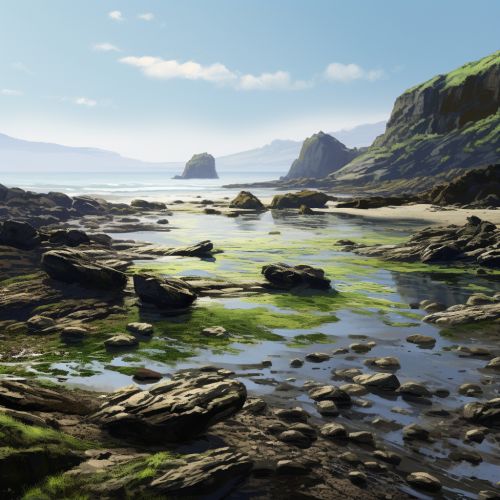

Impact on Human Activities
Human activities are also influenced by tidal phenomena. For example, tides affect navigation and fishing, with many coastal communities timing their activities to coincide with the tides. Furthermore, tides are a source of renewable energy, with tidal energy technologies harnessing the power of the tides to generate electricity.
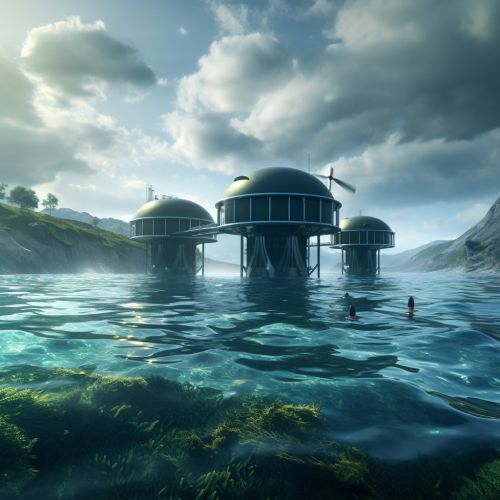
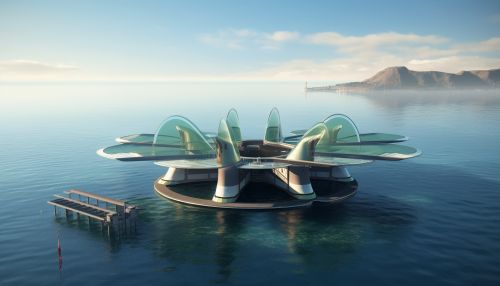
Conclusion
In conclusion, tidal phenomena are a complex and fascinating aspect of our planet's natural processes. They play a significant role in shaping our coastal landscapes, influencing marine life, and impacting human activities. As our understanding of these phenomena continues to grow, so too does our ability to harness their power and mitigate their impacts.
